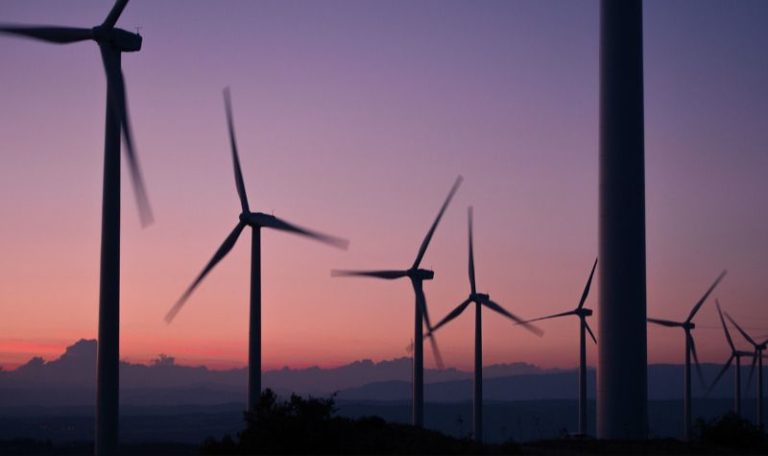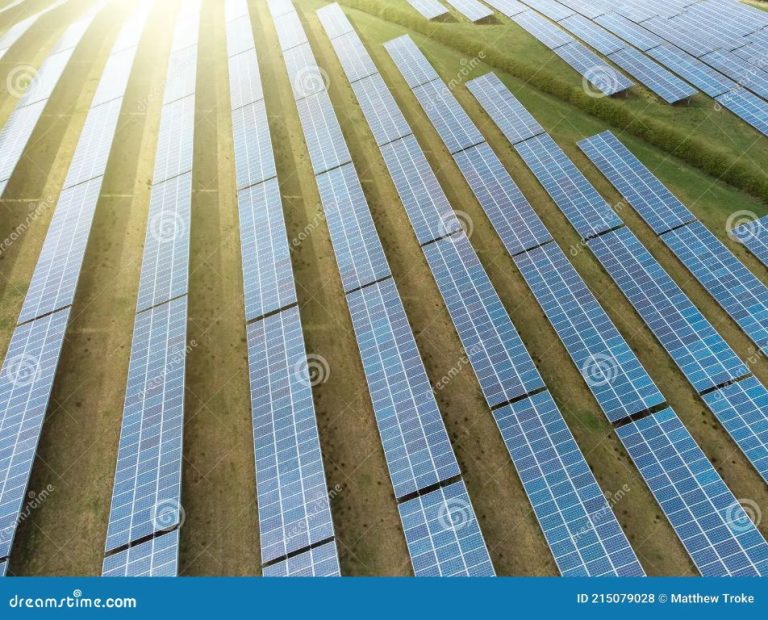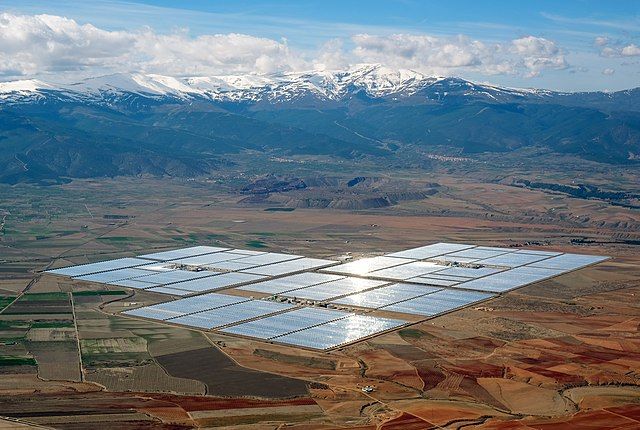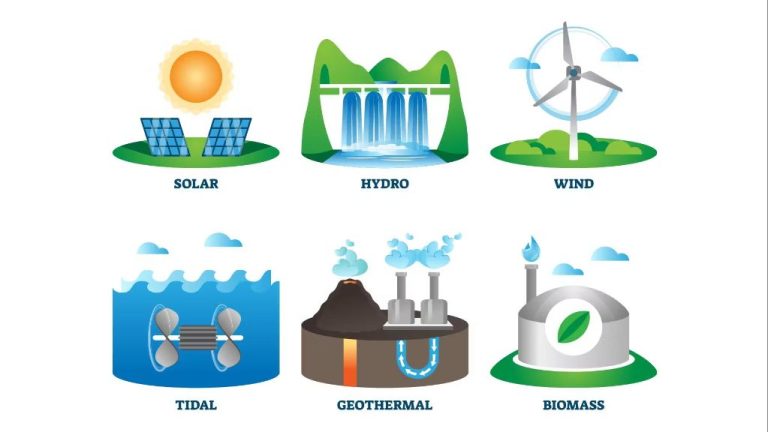What Happens At The National Renewable Energy Lab?
The National Renewable Energy Laboratory (NREL) is a national laboratory of the U.S. Department of Energy dedicated to advancing clean energy technologies. NREL was established in 1977 as the Solar Energy Research Institute. Its mission is to develop renewable energy and energy efficiency technologies and practices, advance related science and engineering, and transfer knowledge and innovations to address the nation’s energy and environmental goals.
Location
The National Renewable Energy Laboratory’s main campus is located in Golden, Colorado, just west of Denver. The 327-acre campus sits on South Table Mountain and contains over 50 buildings, including research laboratories, offices, and a state-of-the-art research support facility (https://www.nrel.gov/about/golden.html).
The NREL campus overlooks the Denver West Office Park and is easily accessible from Highway 93 and Interstate 70. It offers panoramic views of the Rocky Mountains to the west and downtown Denver to the east.
In addition to the main campus in Golden, NREL has field test sites in Colorado, offices in Washington D.C., and other project offices across the United States (https://www.nrel.gov/about/visiting-nrel.html).
Leadership & Organization
NREL is operated for the U.S. Department of Energy by the Alliance for Sustainable Energy. The lab is led by Director Dr. Martin Keller, who reports to the Alliance’s president Dr. Teresa Eppes (NREL, n.d.a). NREL’s leadership team also includes Deputy Lab Director Bryan Hannegan and the directors of the lab’s research directorates, centers, and site operations (NREL, n.d.b).
To help executives from partner organizations learn about renewable energy, NREL offers the Executive Energy Leadership program. Past participants include executives from companies like Apple, Nike, Walmart, and more (NREL, n.d.c).
Key Research Areas
NREL focuses its research on several key areas related to renewable energy and energy efficiency. Some of the main research departments at NREL include:
Renewable Electricity – Research on solar, wind, geothermal, and other renewable electricity sources.
Transportation – Research on electric vehicles, hydrogen fuel cells, biofuels, and other sustainable transportation technologies.
Energy Efficiency – Research on building technologies, advanced manufacturing, and analysis tools to improve energy efficiency.
Bioenergy – Research on converting biomass feedstocks into fuels and high-value chemicals.
Integrated Energy Systems – Research on optimizing the integration of renewable energy into the grid and energy systems.
Energy Analysis – Analysis and modeling tools to inform energy policy and planning decisions.
Facilities & Capabilities
NREL provides industry, government, and university researchers with access to state-of-the-art facilities and unique equipment for energy research. Some key facilities include:
The Energy Systems Integration Facility (ESIF) is the only facility in the U.S. with megawatt-scale electric grid and thermal distribution systems for use in integrating clean energy technologies and solutions. Researchers have access to state-of-the-art laboratories, data visualization walls, high performance computing capabilities, and more.
The Solar Radiation Research Laboratory (SRRL) provides high-quality solar radiation and meteorological measurements for solar energy conversion system research. SRRL is the largest renewable energy site in the world with over 100 instruments.
The National Wind Technology Center (NWTC) has research turbines and custom high-speed wind tunnels for testing wind technologies. NWTC works with wind industry partners on turbine research and development.
NREL also has specialized lab facilities like the Cell Science and Engineering Center (CSEC) which focuses on advanced solar cells, and the Hydrogen Fuel Cell Characterization Facility for studying fuel cells and hydrogen technologies.
Partnerships
The NREL maintains strong partnerships with other organizations in order to advance renewable energy and energy efficiency technologies. Key partners include:
- Universities such as the Colorado School of Mines, University of Colorado Boulder, Colorado State University, Stanford University, and MIT.
- Other national laboratories including Lawrence Berkeley National Lab, Pacific Northwest National Lab, and Argonne National Lab.
- Industry leaders in renewable energy such as First Solar, GE Renewable Energy, Vestas, Siemens Gamesa Renewable Energy, and Tesla.
These partnerships allow for collaborative research and development, technology transfer, and deployment of new innovations (source 1). The NREL actively seeks new partners from academia, industry, non-profits, and government to help advance its mission (source 2). Key areas for partnership include solar, wind, bioenergy, hydrogen, energy storage, transportation, and more.
Funding & Budget
NREL is primarily funded by the U.S. Department of Energy’s (DOE’s) Office of Energy Efficiency and Renewable Energy (EERE). For fiscal year 2022, NREL’s total business volume was $783.5 million according to NREL’s reported business volume. The majority of this funding comes from DOE, which provided $695 million in 2022.
Additional funding comes from other federal agencies, state governments, private industry, and universities. For example, in October 2022, NREL-supported projects received nearly $6 million in funding from the Wells Fargo Innovation Incubator to advance building decarbonization efforts, as reported on NREL’s news.
In May 2022, the Biden-Harris Administration announced $150 million in funding for NREL through the Inflation Reduction Act to support major infrastructure projects and help meet decarbonization goals, according to an announcement from the Department of Energy.
This funding enables NREL to conduct cutting-edge research and development in renewable energy and energy efficiency, provide analysis and expertise to industry and government, and maintain world-class research facilities and capabilities.
Notable Achievements
The National Renewable Energy Lab (NREL) has a long history of pioneering innovations in renewable energy and energy efficiency. Some of their most notable achievements include:
Developing record-breaking solar cell efficiencies – NREL scientists have set world records for the highest efficiencies in both crystalline silicon and thin-film solar cells, reaching as high as 47.1% efficiency in multi-junction concentrated solar cells [1]. This research helps drive down the cost of solar electricity.
Creating the Energy Systems Integration Facility (ESIF) – Opened in 2013, the ESIF is the only facility in the U.S. able to fully test integration of clean energy technologies at grid scale. It has incubated technologies integral to modernizing the grid [2].
Winning 74 R&D 100 Awards since 1982 – The annual R&D 100 Awards recognize the most impactful industrial innovations. NREL has consistently been honored for breakthroughs like the ThermoChemical Conversion Process to produce biofuels and the Hybrid Solar Lighting system [3].
Inventing the Three-Junction Solar Cell – NREL scientists designed and fabricated the first solar photovoltaic cell to reach over 40% efficiency under concentrated sunlight. This launched the field of multi-junction solar cells [1].
Careers & Work Culture
NREL offers a wide range of career opportunities in science, engineering, and business roles focused on renewable energy and energy efficiency research and development. According to employee reviews on sites like Glassdoor and Indeed, NREL provides an excellent work culture with engaged, mission-driven teams working to advance clean energy.
As a national lab, NREL attracts top talent and provides competitive pay and benefits including health insurance, retirement savings plans, paid vacation and holidays, flexible work schedules, tuition assistance, and more. Employees praise the collaborative environment, supportive management, and abundance of training and growth opportunities at the lab. There is also a strong focus on work-life balance.
NREL regularly hires students and recent graduates for paid internships, fellowships, and entry-level roles, allowing them to gain hands-on experience in renewable energy research. Veteran hiring initiatives are also in place. Open jobs span a variety of fields such as engineering, science, IT, data analytics, policy, communications, business operations, and more.
Conclusion
In summary, the National Renewable Energy Lab (NREL) has had a major impact on advancing renewable energy and energy efficiency technologies over the past decades. NREL’s analysis of markets and policies has informed decision making to enable greater deployment of clean energy solutions (https://www.nrel.gov/analysis/impact.html). The lab’s wind energy research specifically has contributed to cost reductions and performance improvements that have helped drive large scale wind adoption (https://www.nrel.gov/wind/impacts.html). Looking to 2023 and beyond, NREL innovations in areas like solar, energy storage, and advanced vehicles are expected to accelerate the transition to a decarbonized energy system (https://www.nrel.gov/news/features/2023/20-ways-nrel-made-an-impact-in-2023.html). The lab’s leadership in renewable energy R&D, analysis, and commercialization has been instrumental in driving clean energy adoption, reducing emissions, and building a more sustainable energy future. NREL’s pioneering work and mission-driven culture will continue playing a vital role in the global transition to carbon-free energy.





